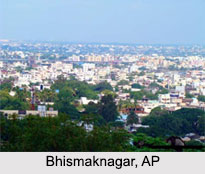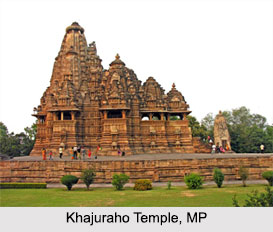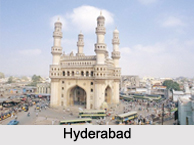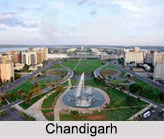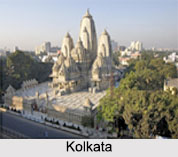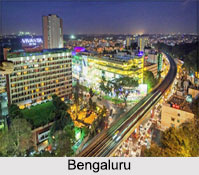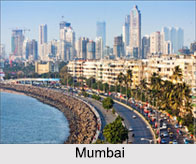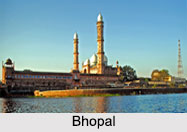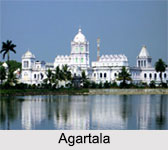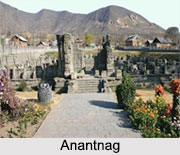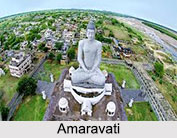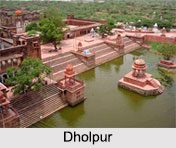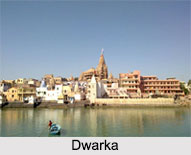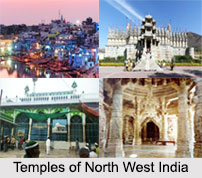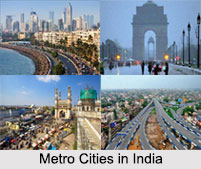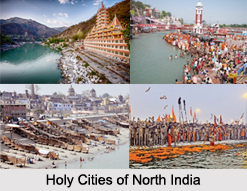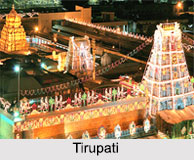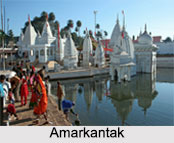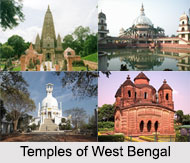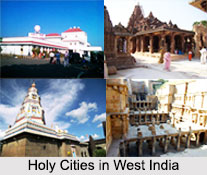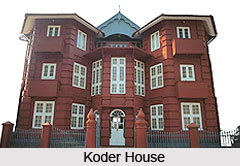 Ernakulam is the commercial capital of Kerala and is dotted with interesting places like Pierce Leslie Bungalow, Koder House, St. Francis Church, Santa Cruz Basilica, Bishop`s House, David Hall, Synagogue and many other attractions.
Ernakulam is the commercial capital of Kerala and is dotted with interesting places like Pierce Leslie Bungalow, Koder House, St. Francis Church, Santa Cruz Basilica, Bishop`s House, David Hall, Synagogue and many other attractions.
Ernakulam district is the commercial capital of Kerala. There are several attractive visiting places in and around the district. Other interesting spots like Marine Drive, Kochi, Chinese Fishing Nets, Hill Palace Museum, Bolgatty Island, Willington Island, Kodanad, Parikshith Museum, Dutch Palace, Kerala Historical Museum, Chendamangalam, Bhoothathankettu, Wonder La, and Kakkanad.
Pierce Leslie Bungalow of Ernakulam
This is a grand structure, which was earlier the office of Pierce Leslie & Co., the centuries old coffee merchants in 1862. It was built in a fusion of three architectural styles called-the Dutch, the Portuguese and the Keralite. The verandahs are furnished with waterfronts.
Koder House of Ernakulam
This 18th century structure was built by Samuel S Koder of the Kochin Electric Company. The beginning of Indo-European style over the colonial style was emphasised in this architecture.
Delta study of Ernakulam
This High School here is a part of the magnificent bungalow built in 1808 and it was once a warehouse.
St. Francis Church of Ernakulam
St. Francis Church of Ernakulam is an ancient church, which is considered to be the oldest European church in India. It has a long history of construction and re-construction. It was originally built of wood and timber by the Portuguese in 1503. Later, the Dutch Protestants reconstructed it with stone granite in 1779 and then converted into an Anglican church by the British in 1795. Now, it is under the Church of South India Council. Vasco da Gama`s tomb can be seen here.
Santa Cruz Basilica of Ernakulam
The Portuguese built this ancient church and was sanctified as a Cathedral by Pope Paul IV in 1558. It was destructed during 1795 British attack. It was declared as the church, Basilica in l894 by Pope John Paul II.
Vasco House of Ernakulam
This is a 16th century building with typical European glass paned windows, balcony and verandahs. It is believed to have been the residence of Vasco-da-Gama.
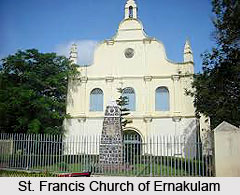
VOC Gate of Ernakulam
This is a huge wooden gate facing the parade grounds, which was built in 1740. The name `monogram VOC` of the gate can be seen carved on it. The parade ground covers an area over 4 acres. Earlier, it was the venue of the military parades of the Portuguese, the Dutch and then the British. Now, it serves as a sports ground.
Bishop`s House of Ernakulam
This beautiful building is situated on a small hillock near the parade grounds. It was built in 1506 as the residence of the Portuguese Governor. The front side of it was built in the Gothic arches. There is a tread worthy path along a circular garden leading to the inviting portal.
Fort Immanuel of Ernakulam
This fort is situated along the beach and was once a splendid fort. The fortress here signified the alliance between the then rulers of Kochi and Portugal. It was built in 1503 and fortified in 1538. The Dutch and the British destroyed the fort in the 1800`s.
David Hall of Ernakulam
The Dutch East India Company built it in the later part of the 17th century. The hall is known by the name of David Koder, a Jewish businessman, who was one of the later occupants.
The Cochin Club of Ernakulam
It started functioning in the 1900`s. There is an impressive collection of sporting trophies. It is situated in a meticulously beautified park.
Mattancherry Palace of Ernakulam
It is also known as the Dutch Palace. It was originally built by the Portuguese in 1557 and presented to Raja Veera Kerala Varma of Kochi. At present, it is a `Portrait Gallery` of Kochi Rajas. Many beautiful wall paintings, Old Dutch maps of Kochi, royal palanquins and other ancient materials can be seen here. It can be visited from 10:00 to 17:00 hrs every day except on Fridays.
Synagogue of Ernakulam
This oldest synagogue was built in 1568 in the Commonwealth. It was destroyed in 1662 during the Portuguese attack and rebuilt after 2 years by the Dutch. The visitors can see a clock tower, stone slabs with Hebrew inscriptions, great scrolls of Old Testament, copper plates bearing ancient scripts, etc here. The visiting hours are from 10:00 to 12:00 hrs and 15:00 - 17:00 hrs. It remains closed on Saturdays and Jewish Holidays.
Jew Town of Ernakulam
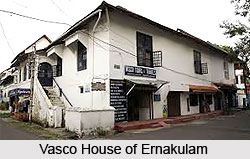 The area around the synagogue is called Jew Town. It is the centre of spice trade and curio shops.
The area around the synagogue is called Jew Town. It is the centre of spice trade and curio shops.
Cherai Beach of Ernakulam
This beautiful beach along the border of the calm island Vypeen is perfect for swimming. The Dolphins can be seen occasionally. Paddy fields and coconut groves are found in large numbers.
Bolghatty Island of Ernakulam
This is a fantastic holiday resort. Bolghatty Palace was built here in 1744 by the Dutch, later taken over by the British East India Company. Now, it serves as a hotel managed by the K.T.D.C. The special feature of this island is a small golf course and the honeymoon cottages.
Wellingdon Island of Ernakulam
This is an artificial island in the middle of the artful back-waters. It was named after Lord Willingdon, a former British Viceroy of India. The visitors can avail the excellent hotels, trading centres, Port Trust and the Southern Naval Command Headquarters.
The Hill Palace Museum of Ernakulam
This beautiful palace is situated at Thripunithura about 10 km from Kochi. It was built in 1865. This huge palace was built by 49 extravagant buildings of traditional architectural style of Kerala. The glory of 19th century paintings, murals, stone sculptures, manuscripts and inscriptions can be enjoyed in the museum room. It covers a vast area of 52 acres of terraced land. The deer parks and horse riding facilities are available around it.
Parikshith Thampuran Museum of Ernakulam
A large number of ancient coins, bronzes, copies of murals and megalithic relics of Kerala can be seen here. It is near the Shiva temple on Darbar Hall Road, Ernakulam.
Madhavan Nayar Foundation of Ernakulam
It is situated about 8 km from Ernakulam town at Edapally. It has life size figures revealing the historic episodes and events from the Neolithic to the neoteric era. The art gallery has 200 original paintings and sculptures, which are the works of the contemporary Indian artists. The light and sound shows with English and Malayalam commentaries attract a number of visitors.
Vamanamoorthy Temple of Ernakulam
This temple is dedicated to Lord Vamana, one of the divine incarnations of Lord Vishnu. The inscriptions of three centuries from the 10th to the 13th can be seen here. The deity of this temple is popularly known as `Thrikkakariappan`.
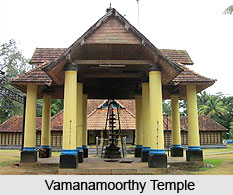 Kaladi of Ernakulam
Kaladi of Ernakulam
It is situated about 32 km from Ernakulam. The great philosopher and reformer of Hinduism, Adi Sankara was born here. There is a legendary spot called `Crocodile Ghat` found here. As per the legends, Sri Sankara`s mother Aryamba was against his taking up austerity. One day, a crocodile caught his feet and held on until he convinced his mother and obtained her permission.
Kodanad of Ernakulam
It is one of the largest elephant training centres of South India. The beautiful Periyar River flows in the north of this place. The elephants are mainly trained for Safari. There is also a small zoo here.
Chennamangalam of Ernakulam
It is situated about 42 km from Ernakulam. It has versatile landscape. There are three beautiful rivers, picturesque hillocks and gleaming plains of green vastness surrounding this place. The Splendid architecture of Kerala can be seen in the Paliam Palace here. It was the official residence of the Paliath and the Achaus, the hereditary prime ministers to the Kings of Kochi. Many historic documents and important relics are preserved here. Here, the peaceful coexistence of a temple, a church, a mosque and also a synagogue can be seen. The remains of the Vypeenkotta Seminary built by the Portuguese in the 16th century attract the eyes of all the visitors here.
Malayatoor of Ernakulam
It is situated about 47 km from Kochi. There is a Catholic church on a beautiful hill, at an altitude of about 609 meter here. It is dedicated to St. Thomas. During the annual festival `Malayatoor Perunal` between March and April, thousands of dedicated devotees visit here.
Bhothathankettu of Ernakulam
It is an outstanding picnic spot about 50 km northeast of Ernakulam town. The `Salim Ali Bird Sanctuary` at Thattakkadu is situated near the two main irrigation projects, the Periyar Valley and the Idamalayar Irrigation projects. It is encircled by a huge forest. It is also a paradise for the trekkers.
Thattakkadu Bird Sanctuary of Ernakulam
It is on the Kochi-Munnar road, about 20 km from Kothamangalam. This sanctuary is rightly named after its explorer Dr. Salim Ali, the renowned ornithologist. A variety of native birds like the Malabar grey-horn bill, the woodpecker, the parakeet etc can be seen here. The Ceylon frog-moth and rose-billed roller are among the rare birds found in this sanctuary. Various migrant birds also come here during the season.
Chinese Fishing Nets of Ernakulam
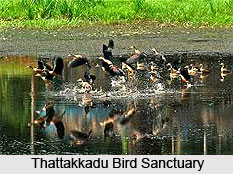 The Chinese Fishing Nets are called "Cheena Vala" in Malayalam. It can be seen at the entrance of the Cochin harbour. There are large nets which hang from bamboo or teak posts. The local fishermen Fort Cochin still use them.
The Chinese Fishing Nets are called "Cheena Vala" in Malayalam. It can be seen at the entrance of the Cochin harbour. There are large nets which hang from bamboo or teak posts. The local fishermen Fort Cochin still use them.
Munikkal Guhalayam of Ernakulam
This place is full of mythological stories. It is situated atop a hill at Chengamanad, 30 kms north of Kochi. It was earlier known as Jangaman and the Sage Jangaman is said to have lived here around 2000 years ago. Now, a famous Lord Murugan temple can be seen on the spot where the sage is said to have meditated. The word `Munikkal Guhalayam` literally means `sages rock cave`. As per another story, Lord Murugan also known as `Guhalayam` had made this place as his abode and hence the word `Guhalayam`.
